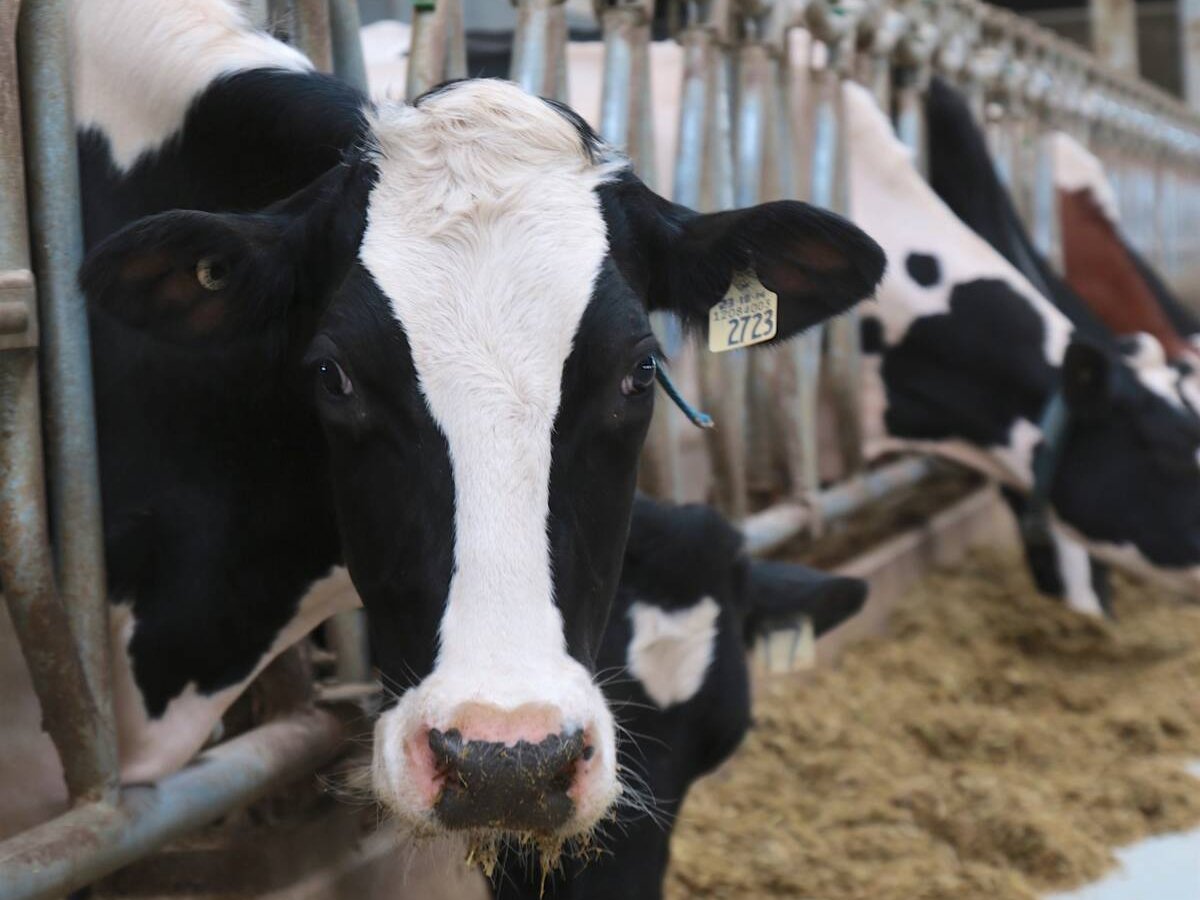The introduction of Growing Great 2015 by the Canadian canola industry aims to expand production of and demand for canola to a stable 15 million tonnes by 2015.
Read Also

The Organization for Economic Co-operation and Development lauds Canada’s low farm subsidies, criticizes supply management
The Organization for Economic Co-operation and Development lauded Canada’s low farm subsidies, criticized supply management in its global survey of farm support programs.
To attain this target, the Canola Council of Canada needs to assist manufacturers, growers, distributors and consumers through continued crop development, increased acreage, establishment of new foreign markets and promotion of canola’s health benefits.
Canola’s existence and success are due to selective breeding and continued development.
Ongoing modification has produced higher yielding varieties, resistance to diseases such as blackleg, improved oil stability and shatterproof pods to accommodate direct cutting. Further improvements are vital to increase productivity and quality so canola remains competitive against other oils such as soybeans, sunflower and palm.
To reach the target of 15 million tonnes, statistics suggest that approximately 30 percent more acres of canola need to be seeded.
For producers to do this, they need to be assured of the benefits gained from growing additional canola.
The incorporation of canola into a crop rotation can help control weeds, act as a disease break for cereals and provide a wide range of herbicide options.
Many crop rotations are one in four but a switch to a one in three rotation would quickly increase canola production and benefit producers financially.
Extensive research has validated that canola oil is the best source of omega 3 fatty fats in popular cooking oils, and is low in saturated fats and high in monosaturated and polyunsaturated fats.
This recognition has greatly improved the canola market and further promotion of these health benefits will continue to strengthen demand and export markets, particularly as other countries follow the ban New York placed on the use of trans fats in restaurants.
In the quest to reduce greenhouse gas emissions, canola based biodiesel is becoming globally recognized as a viable fuel. Predictions are that European Union import demand will increase to reach its renewable fuel mandate.
Within Canada, domestic demand will increase because the federal government announced that by 2010 all on-road fuel must be five percent biofuel.
Canola is being considered above other biofuel because it performs exceptionally well in cold weather and acts as an engine lubricant.
By marketing canola to the needs of the consumer, the canola council will be able to access a wider variety of global markets.
The simultaneous recognition of all the components involved in canola production, from manufacture to consumption, needs to be implemented so that Western Canada can successfully produce 15 million tonnes of canola by 2015 and enable the canola industry to grow great.














